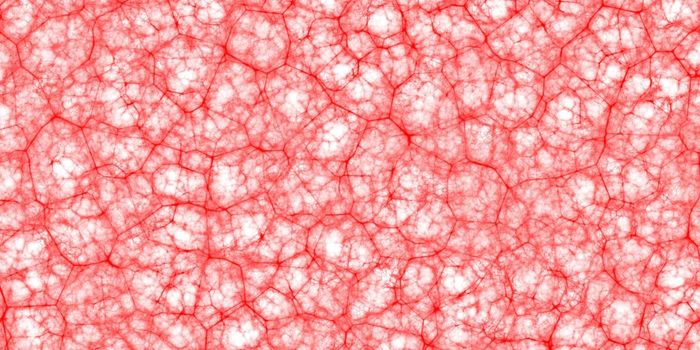Examining a Combination Therapy Against Gastric Cancer
Often when it comes to treatments for cancer, designing or discovering new leads can take years. One of the common practices to circumvent this is to combine already developed therapies to improve their effectiveness. This combination may also overcome certain issues, such as resistance to treatment. While this does not always work, combination therapies are usually the best way to increase the effectiveness of treatment without having to undergo a decade or more of research and development.
Ramucirumab is a monotherapy approved for the treatment of gastric cancer, as well as several others, as a second-line treatment. Recently, it was found that dual treatment using ramucirumab alongside current first-line treatment paclitaxel had improved anti-cancer abilities over either drug alone. While this is clear, the mechanism by which they synergized to produce this enhanced effect is still not. A group from Italy decided to investigate.
Their study was designed to be an in vitro examination of how the dual treatment may improve either drug’s anti-cancer activities. Ramucirumab is known to bind to the tyrosine kinase vascular endothelial growth factor receptor (VEGFR) and prevent its activation. The VEGFR signaling pathway has been linked to the progression of tumor angiogenesis in many cancers. Paclitaxel is known to impair cellular proliferation by arresting the cell cycle and inducing apoptosis. The group started by gathering a set of gastric cancer cell lines and began their studies.
Beginning with paclitaxel’s ability to impair cellular proliferation, they found that both paclitaxel and ramucirumab alone could impair cell growth. Applied together, they could impair cancer cell growth to a higher degree. It was notable that both drugs seemed to induce DNA damage, which could explain this. The findings were similar for ramucirumab’s anti-angiogenesis activities through the impairment of cellular migration. Both elicited an inhibitory effect on cancer cell migration and was increased when both were applied together. Ramucirumab could decrease the expression of VEGFR, but alongside paclitaxel, which alone showed no effect, showed a further impairment of VEGFR expression. This inferred a supportive role for paclitaxel in this activity.
Combination therapy is a possible way to overcome certain shortcomings of some treatments alone. Ramucirumab and paclitaxel are already approved as a combination therapy for advanced gastric cancer patients. The mechanism by which they synergize is still up for debate, with this work observing that both drugs impair cellular proliferation, and paclitaxel supporting ramucirumab’s anti-angiogenesis activities rather than contributing itself. The team concludes, “The combination of Ram and PTX represents the standard second-line therapy for patients with metastatic GC.”
Sources: Nature, Targeted Oncology









